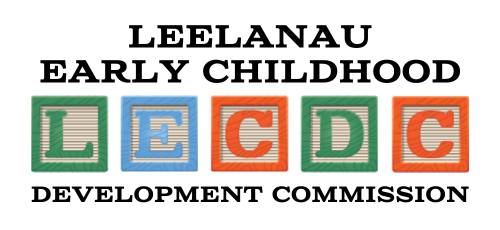Brain Development 101
In the beginning, there is a little brain and a relationship.
An infant’s brain is organized by relationships with caregivers and environment, literally built by us as we engage and our baby responds. Astoundingly, eight to ninety percent of brain development happens after birth. How a baby’s brain develops - optimally, or not - depends on adults.
At birth, brain cells - neurons - rapidly form connections called synapses. Only about ten percent of these connections are genetic (or based on intrauterine life). In a warm, nurturing, engaging environment, each neuron can form up to 10,000 synapses, at a rate of one million per second in the early years. Relationships, environment, caregiver attentiveness (or stress) and the interactive influences of experience and genes literally shape the developing human brain.
The brain grows from the bottom up, with simple circuits providing scaffolding for more advanced circuits over time. Subcortical areas are responsible for regulation, attention and fight, flight or freeze responses are “wired” earlier than higher brain centers. The frontal cortex - seat of learning, civility, regulation, and reactiveness - is one of the last parts of the brain to mature.
Our work is to help children build optimal brain capacity. What fires together, wires together — for life — cementing lifelong brain physiology. Longitudinal research shows children who experience optimal environments with loving caregivers and appropriate stimulation may have brains one third larger than disadvantaged children. Emotional and social well-being provide a strong foundation for emerging cognitive abilities. Children who start ahead, stay ahead. Children who start behind, stay behind.
The brain is highly integrated with cognitive, emotional, and social capacity intertwined. A brain exposed to neglect, abuse, or trauma adversely affects the wiring neurons. The impact of adverse childhood experiences includes not only compromised cognitive, social and emotional function, but also serious compromises to long-term physical health.
So what does early childhood support mean over time?
For families:
Lower likelihood of abuse and neglect
Decreased rate of teen pregnancies
Lower rates of drug and alcohol abuse
Reduced criminal activity
For educational outcomes:
Increase in test scores and reading levels
Lower grade retention
Reduced special/remedial education
Increased high school graduation and college enrollment
For economic development:
Builds an educated workforce
Increased lifetime earnings
Increased consumer spending
Communities are more marketplace competitive
Raises tax-paying citizens
Zero to five years of age is a one-time window of opportunity to change lives from Day One. Supporting optimal brain development builds a better world, one baby and family at a time.
